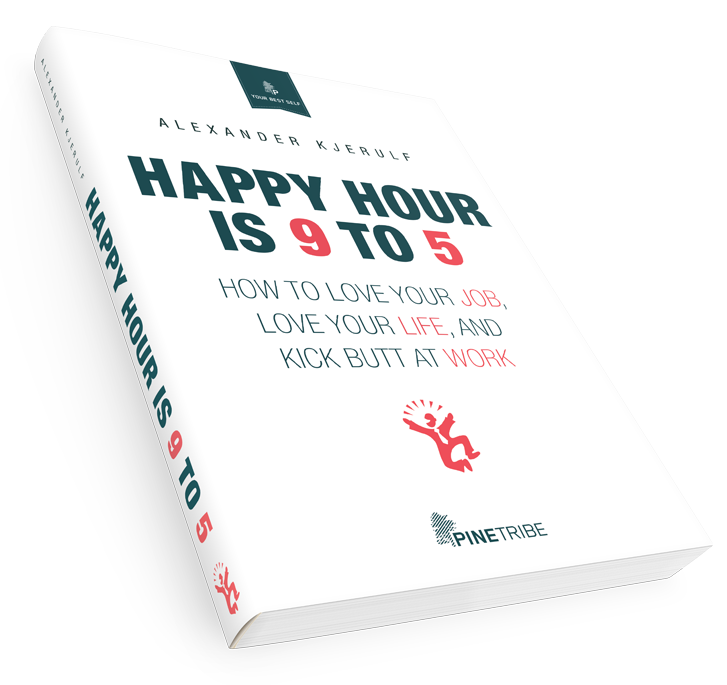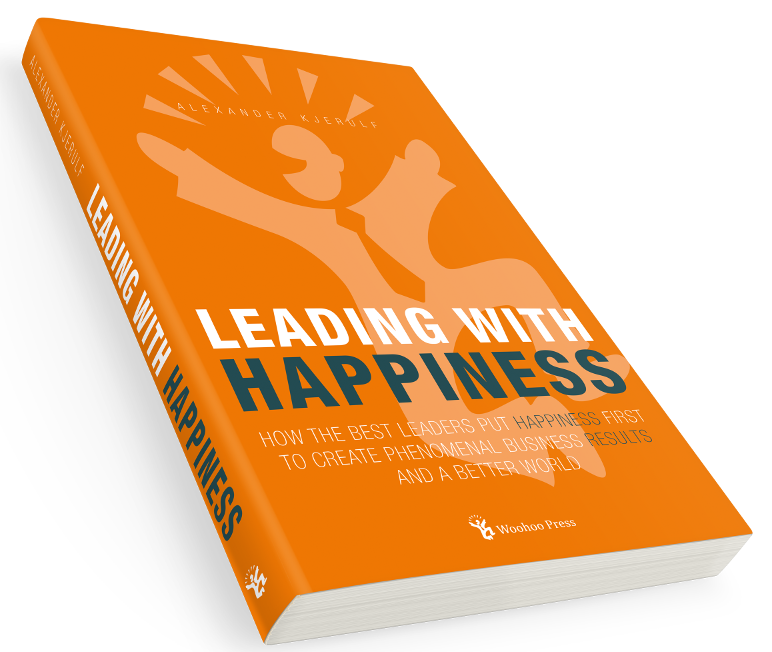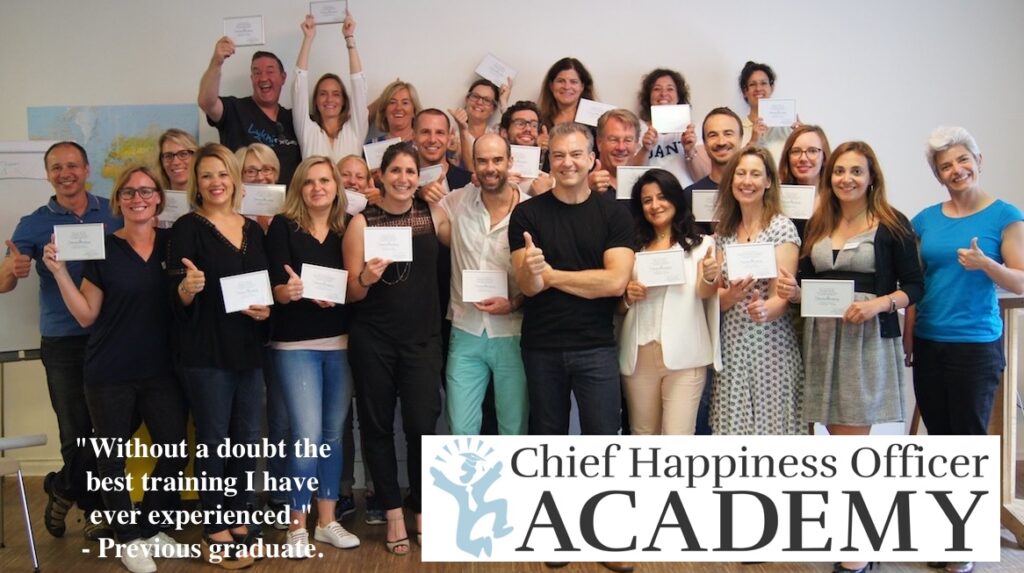I disagree with almost everything in Richard Sennett’s book The corrosion of character, and I still think it’s hugely important and very much worth reading. Confused? Read on.
Sennett looks at the working conditions in the new flexible economy, and he sees a lot of problems. People no longer work at the same company or the same job for long stretches of time. They switch jobs or switch teams or change fields or even become consultants :o). There’s no predictability, no long-term commitment, no long-term relations with co-workers and bosses, no loyalty, more confusion, etc. Most of all, the new work environment makes it more difficult to find and maintain a narrative of your work life. Previously, when people could focus on their careers, you had that as a measure and as the backbone for that narrative. Today, where the fixed path of a career has been replaced with a crazy quilt of job changes that can be up, down, sideways or just plain jumps-into-the-unknown it becomes much more difficult to find meaning and to find yourself in your work.
Sennett offers many examples of this, from history, from his own field of sociology, from current business trends and from people he has talked to. The book is well-reasoned, readable and the topic is of great importance. And I found myself repeatedly shaking my head, wanting to disagree with almost every word in the book.
For a person such as myself, who has spent almost his entire work life so far working in the new kinds of workplaces and likes it very much, Sennett comes off like a doom-sayer. The book is one long list of indictments against the new work environment, and I just don’t see all those problems – quite the contrary.
And THAT is why this book is so important. To all the optimists like me, who have been happily swimming in these new waters so long, that we can’t even see the water any more, this book is an excellent wake-up call. All is not automatically well in the new workplace. Some people take to it, some don’t, and if we know what kinds of problems to expect, we can make the transition more smoothly, and create workplaces where more people can thrive.
I did have to perform one mental trick while reading the book though: Every time Sennett states that “The problem with [this trend or that trend], is that it leads to [these awful conseqeunces]”, I mentally substitute “is that it MAY lead to…”, to allow for the fact that some organizations do indeed seem to be pulling it off. They’re doing all the “new workplace” things – and people are thrive personally and professionally. These organizations aren’t havens – they face their share of problems and challenges. But they do seem to offer people both flexibility and narrative. Both change and meaning. And fun.



Leave a Reply